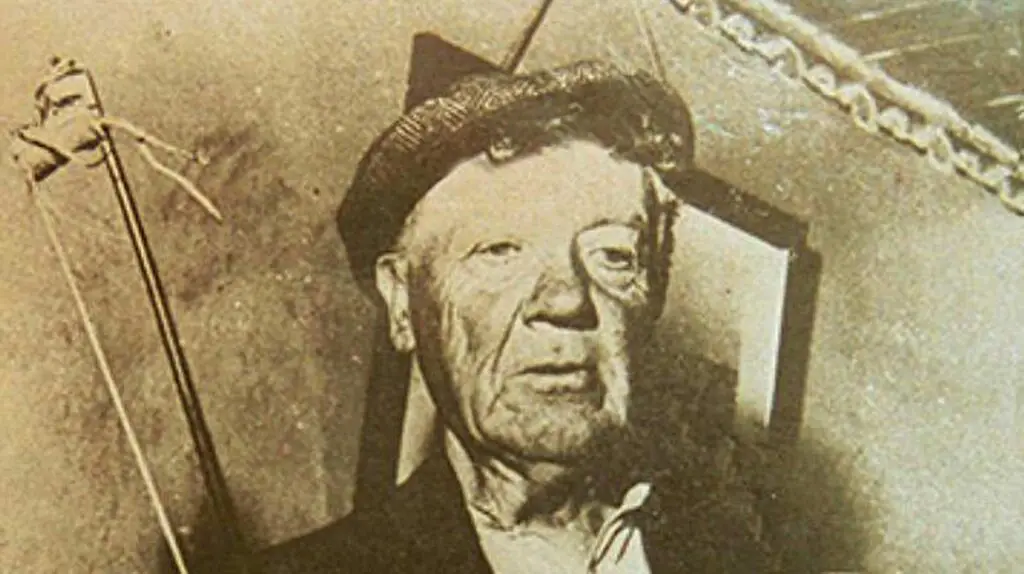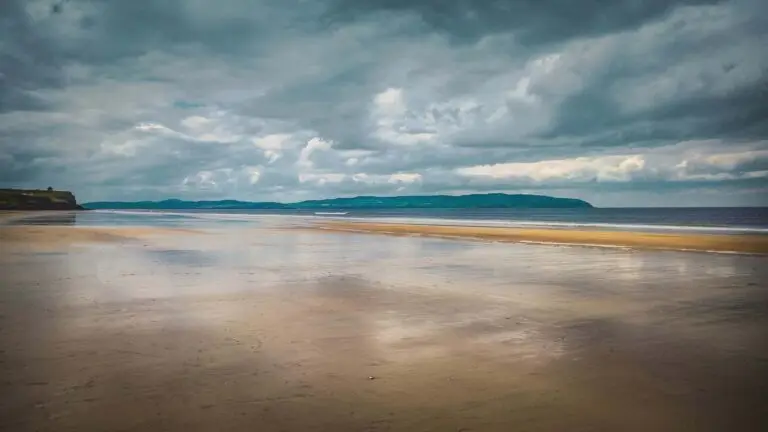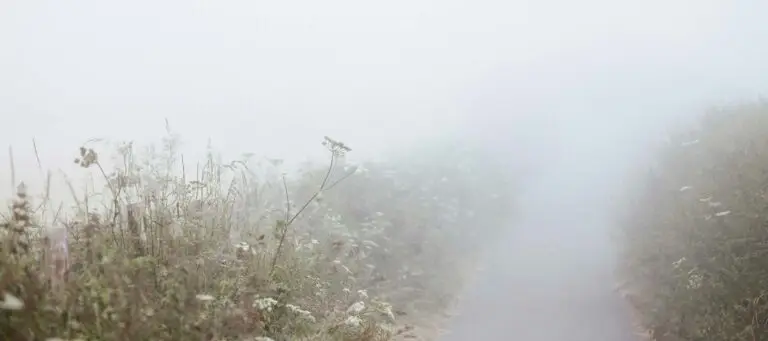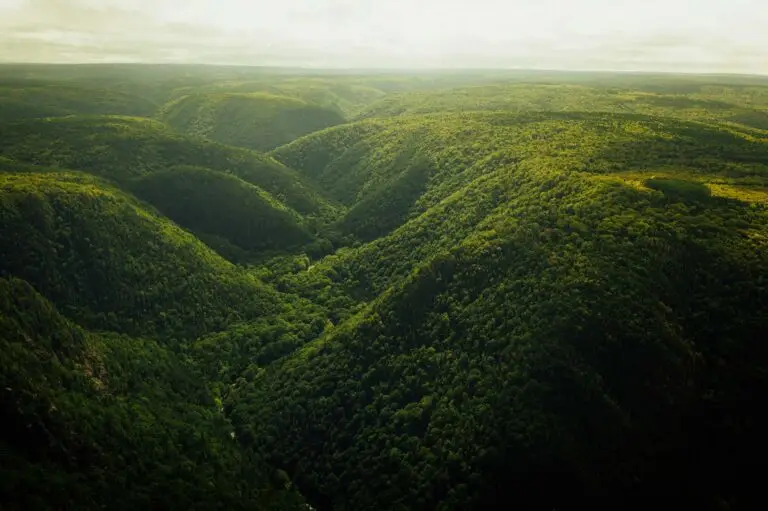If you’ve heard of Sliabh Luachra, chances are you’ve heard of Pádraig O’Keeffe. This man wasn’t just a fiddler—he was the fiddler, a mentor, composer, and innovator whose influence ripples through Irish traditional music to this day.
The Polkas and Slides of Sliabh Luachra
Tucked away in the rolling hills where Kerry, Cork, and Limerick (where the O’Ciarmhaics are from!) meet, Sliabh Luachra is a place where music flows as naturally as the rivers that wind through its valleys. This corner of southwestern Ireland has a sound all its own—an intoxicating blend of polkas and slides that hits with a rhythm as irresistible as a heartbeat. For lovers of Irish traditional music, Sliabh Luachra is legendary. And at the core of this tradition stands the fiddle, an instrument that has long been the region’s voice.
What makes the music of Sliabh Luachra so special? It’s all about the polkas and slides. While much of Irish trad is known for reels and jigs, this region dances to a different tune—polkas, with their bouncy, driving rhythm, and slides, with their lilting flow, give Sliabh Luachra’s music a unique pulse. It’s the kind of music that makes you want to get up and move, whether you’re in a packed session at a pub or watching dancers at a crossroads on a summer evening.
But, it’s not just the dance forms that stand out. The fiddle style of Sliabh Luachra has a character all its own: full of energy, ornamentation, and a certain swing that feels alive in the hands of the right player. It’s music that’s steeped in tradition but never feels stuck in the past. Musicians who play Sliabh Luachra music well can almost add a swing to the music, borrowing some time from the next bar whilst keeping in time with the rhythm.
Enter Pádraig O’Keeffe
Born in 1887 in Glountane, County Kerry, Pádraig O’Keeffe grew up with music in his blood. Classically trained, he could have taken a very different path, but the pull of traditional music—his music—was too strong to resist. What set O’Keeffe apart wasn’t just his skill with a bow; it was the way he taught and passed on the music of Sliabh Luachra.
O’Keeffe was rebellious when it came to teaching. Forget the stiff, formal approach of sheet music—he had his own system. Using what he called “ABC notation,” (which you can find at the Irish Traditional Music Archive) he created a way for his students to learn by ear while still giving them a framework to work from. This method made the music accessible, intuitive, and deeply personal.
And it wasn’t just his teaching that made him a legend. O’Keeffe’s playing was pure magic—rich with feeling, rhythmically flawless, and full of subtle touches that could stop you in your tracks. He composed tunes that are still played today and traveled tirelessly to teach young musicians, spreading the Sliabh Luachra tradition like wildfire. He played with ‘draíocht’—which translates to magic or enchantment, often in connection with druidic magic in the past, but in today’s deduction, conveying a sense of wonder and awe which is at the heart of Irish Traditional music.
A Legacy That Lives On
O’Keeffe’s students became stars in their own right—players like Denis Murphy, Julia Clifford, Paddy Jones, Paddy Cronin and Matt Cranitch (who wasn’t taught directly by O’Keeffe but is worth mentioning for his expertise and scholarly knowledge in the Sliabh Luachra tradition)—carried his teachings far beyond the hills and mountains of Sliabh Luachra. And his influence doesn’t stop there. Every October, the Patrick O’Keeffe Traditional Music Festival in Castleisland draws musicians and fans from around the world, all eager to celebrate this remarkable man and the music he loved.
Today, the tradition he helped shape is alive and well. You can hear it in sessions across Ireland and beyond, as fiddlers keep the Sliabh Luachra sound alive with the same energy and passion that defined O’Keeffe’s playing.
Why It Matters
The music of Sliabh Luachra isn’t just about notes and rhythms; it’s about connection. It’s about a way of life that values tradition, community, and creativity. And thanks to Pádraig O’Keeffe and the generations of musicians he inspired, that legacy is still thriving.
So, the next time you find yourself tapping your foot to a lively polka or a lilting slide, spare a thought for Sliabh Luachra and the man who helped pass down its music to the world. In every bow stroke and every tune, there’s a little bit of Pádraig O’Keeffe’s spirit, keeping the heart of Sliabh Luachra music beating strong for us all to enjoy.
Resources
Irish Traditional Music Archive Pádraig O’Keeffe Search Results
YouTube: Interview series with Paddy Jones by Eoin Stan O’Sullivan on the Sliabh Luachra channel.
YouTube: Rare Pádraig O’Keeffe Recording from 1951 filmed by a local emigrant who had returned on holiday.
YouTube: Paddy Jones playing two reels The Pride of Rathmore and The Girl From Farranfore.
YouTube: Denis Murphy and Julia Clifford playing two slides.



